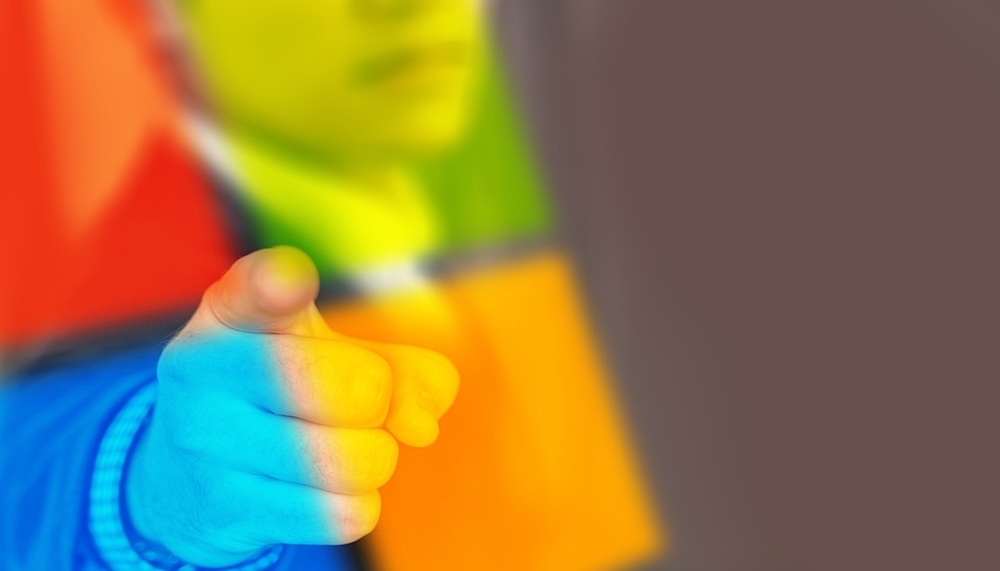So Long, Windows 7!
Microsoft has ended its official support for Windows 7 on 14th January 2020. What does this exactly mean for the users? Does it mean that you can’t use a computer with Windows 7? Microsoft has answers to all your questions.
Basically, all the technical support, software updates, and security updates or fixes will no longer be available, however, this doesn’t necessarily mean that you won’t be able to use your Windows 7 right away. Regardless, not being able to receive technical support and software updates would eventually mean that your device is vulnerable to hacking.
Ransomware, malware, and hacking in particular aim to attack the vulnerabilities caused due to out-of-date software. Therefore, Microsoft strongly recommended the users to upgrade to Windows 10.
Why End the Official Support?
It is mainly because of ‘security’ issues since it has been difficult for Microsoft to solve security issues with devices based on technologies developed more than 10 years ago.
As a matter of fact, the Wannacry Ransomware attack that occurred back in 2017 affected 48 medical institutions in England, as well as FedEx in the US. The attack occurred worldwide and is seen to have damaged Windows XP the most, in which the support and updates have been discontinued since 2014.
If You’re Still Using Windows 7…
The ultimate option for Windows 7 users is to update with the latest OS version right now. To be fair, Microsoft has long announced the end of the support for Windows 7, however, there are at least 200 million PCs running older (older than Windows 10) versions of Windows, which includes Windows 7.
However, as Microsoft announces to migrate more than 80% of its active users to Windows 10 by the middle of 2020, the usage of Windows 7 dropped in accordance with the increase of Windows 10 usage since the end of 2019.
The Best Option
If you’re planning to upgrade to Windows 10, it is likely that it won’t go under any critical issues or changes whilst being upgraded. It will let you keep your files and programs and since the layout and the interface are somewhat similar to Windows 7, you will experience the minimum disruption when migrating to Windows 10.
However, you must remember that your device must meet these minimum specifications first:
- Processor: 1 gigahertz (GHz) or faster processor or SoC
- RAM: 1 gigabyte (GB) for 32-bit or 2 GB for 64-bit
- Hard disk space: 16 GB for 32-bit OS 20 GB for 64-bit OS
- Graphics card: DirectX 9 or later with WDDM 1.0 driver
- Display: 800 x 600 resolution
Instead of upgrading to Windows 10, you can also move on from Microsoft products and install Linux or macOS. Regardless of the decision, it is strongly recommended to copy all your files to an external hard drive or cloud storage and keep your other software patched whilst the migration is in process.
In addition, running anti-virus software and web application firewall products will definitely help minimize the possibility of being attacked. However, these aren’t the process of security-patching your unpatched operating system. Therefore, upgrading to Windows 10 is the best option for most users in order to solve vulnerabilities and prevent attacks targeting Windows 7.

